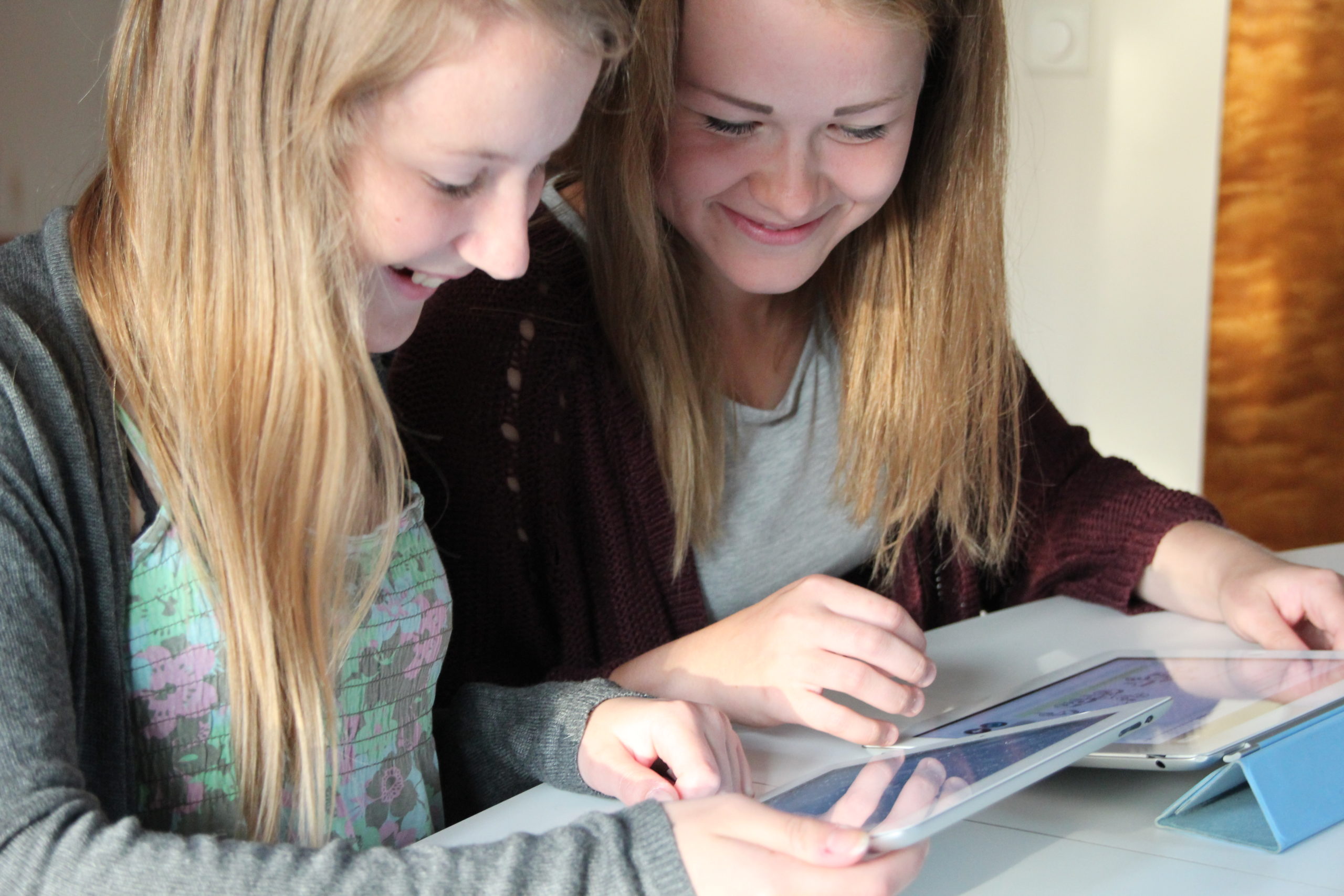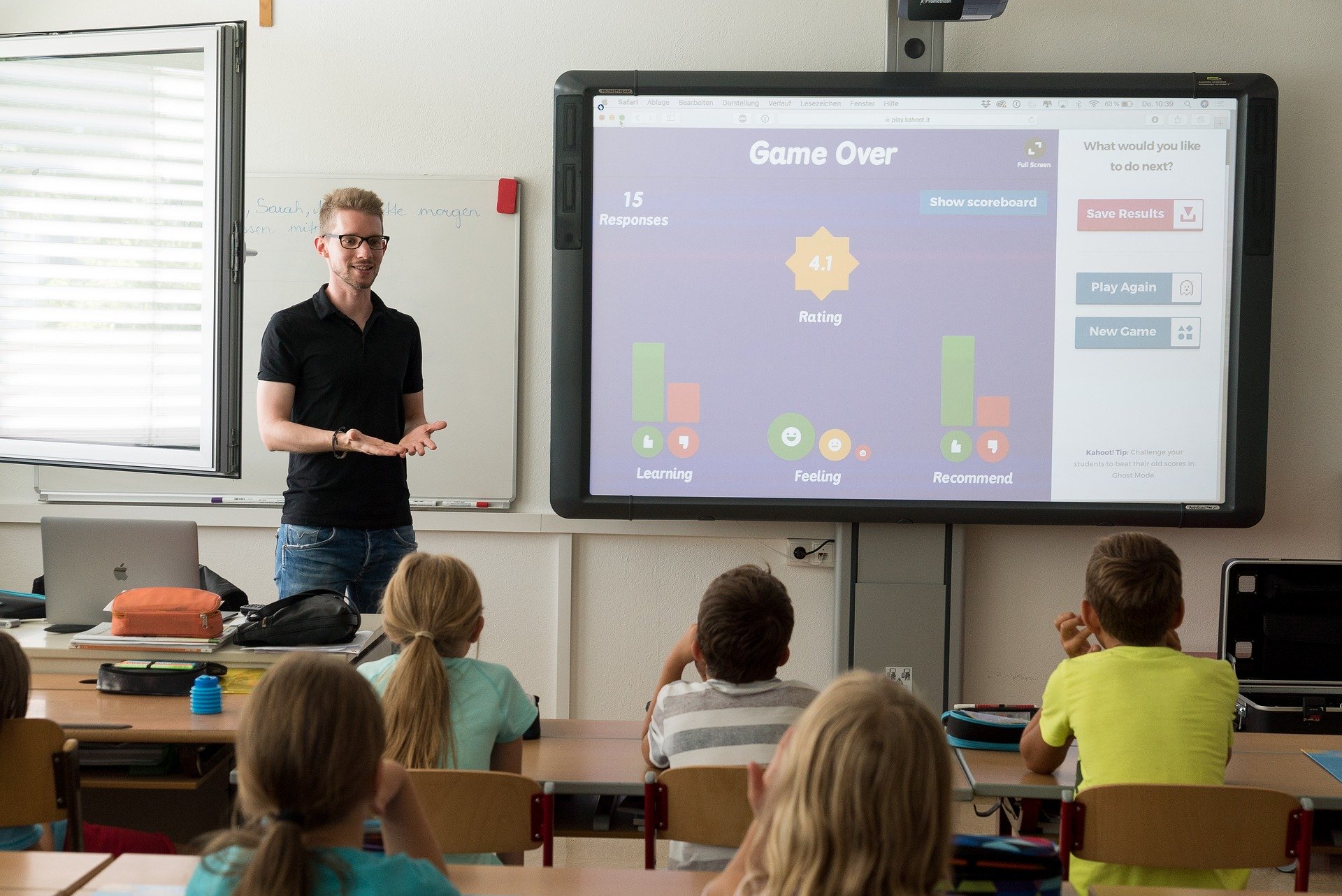The children of the 21st century have grown up with the internet being an essential part of their lives. Rather than separate children from technology, many teachers in Finland prefer blended learning, where they combine such teaching methods as digital game-based learning and tools like video and games as a part of their student-centered teaching. Finnish teachers have more autonomy and flexibility, which inspires them to create their own teaching materials and tools too. Moreover, we can see that behind several edtech companies are teachers.
Drawing from the constructivist theory of education, digital game-based learning (DGBL) connects educational content with games and can be used in almost all subjects and skill levels. The Finnish education system is statedly updated to be on a level with expectations to inspire people to learn continuously. The national curriculum for basic education emphasizes digital skills. Schools in Finland are increasingly utilizing more digital learning tools in education partly because they allow them to focus on the individual learner. “One-size-fits-all” learning solutions of the past that have been used for education organizations during many years aren’t suitable for the times we live in.
We agree that teaching and education in general should be time-sensitive to be able to respond to the challenges of this day and age. The strengths of the so-called “Finnish solution” have been large multidisciplinary research and development networks in which researchers, practitioners, and private and public sector actors work together.
What Are the Benefits of Digital Game-Based Learning?
Several reviews of the literature on gaming over the last 40 years find that digital game-based learning generally has positive effects. Games are effective partly because the learning takes place within a meaningful context.
These DGBL elements help make it a useful educational tool:
- Competition (not necessarily with others, but with own results)
- Engagement (makes learning more fun, better motivates some students)
- Immediate rewards; immediate reinforcement and feedback

In one research scientists observed that the shorter the interval between behavior and reinforcer, the more rapidly learning occurred. This means that it’s easier for students to learn when they can see their mistakes right away as a part of the game than afterward seeing teacher’s corrections and assessments on paper with a red mark.
Digital learning tools can help identify students with learning challenges and afford assistance before they drop out and improve learner’s digital media competences. New technology also offers the school’s management and teachers good tools to work more efficiently.
Does DGBL Have Negative Effects?
Among disadvantages connected with digitalization in general experts note that it promotes isolation and anti-social behavior, and results in a short attention span. Nevertheless, more and more games are developed for social play. They often mirror real-world communication, decreasing the effects mentioned above, and making digital games useful in personal and business transactions. Other researchers pay regard to the increasing cost of the method connected with the necessity to have additional equipment, software, and training of teachers. Some believe that playing games can distract students from learning other valuable skills.
All and all the next generation’s occupations will be defined by increased technology use, complicated problem solving, and multifaceted communication. These jobs will request skills that go beyond typical reading, writing, and arithmetic of years past. Question will DGBL prevail in the next ten years or so is still open, but it’s doubtless that it can help to deal with new challenges and it’s growing fast at the moment.
Strengths Of the Finnish Edtech Sector – Teachers As Innovators and Developers
Finnish achievements in education united with the country’s technological expertise, including game design, to form a winning combination. Finland became a hub of the computer and mobile gaming world, suffice it to recall widely known Angry Birds or Supercell’s runaway hit Clash of Clans. Concerning sales, Finland is among the three largest game developer countries in Europe. It is no wonder that several Finnish edtech companies are innovatively combining games and pedagogy.
Every country is full of great teachers, and they are the core of every school. When applying digital learning tools, trained teachers are the key factor, as technology is not replacing educators, but rather it is an enabler that can improve their work. The education system in Finland has been praised for giving much independence and flexibility for teachers. They can make their own decisions about teaching specific issues under the curriculum. This autonomy has inspired educators even to create their teaching materials and tools.
We can see that behind several edtech companies there are teachers who have created the solutions. Here are some examples among our partners:
- Paths to Math – an innovative, challenging, and student-centered method to teach and learn mathematics for lower-secondary and middle school students.
- Seppo – an innovative tool for creating educational games. It can be used on all educational levels from pre-school to university.
- Kindiedays is an application in which educators and families collaborate in real-time on all the matters related to the education and well-being of the child in the childcare center.
Sources: Finnish edtech, Digital Game-Based Learning
Written by Polar Partners’ Education Export Intern Sona Toivonen
